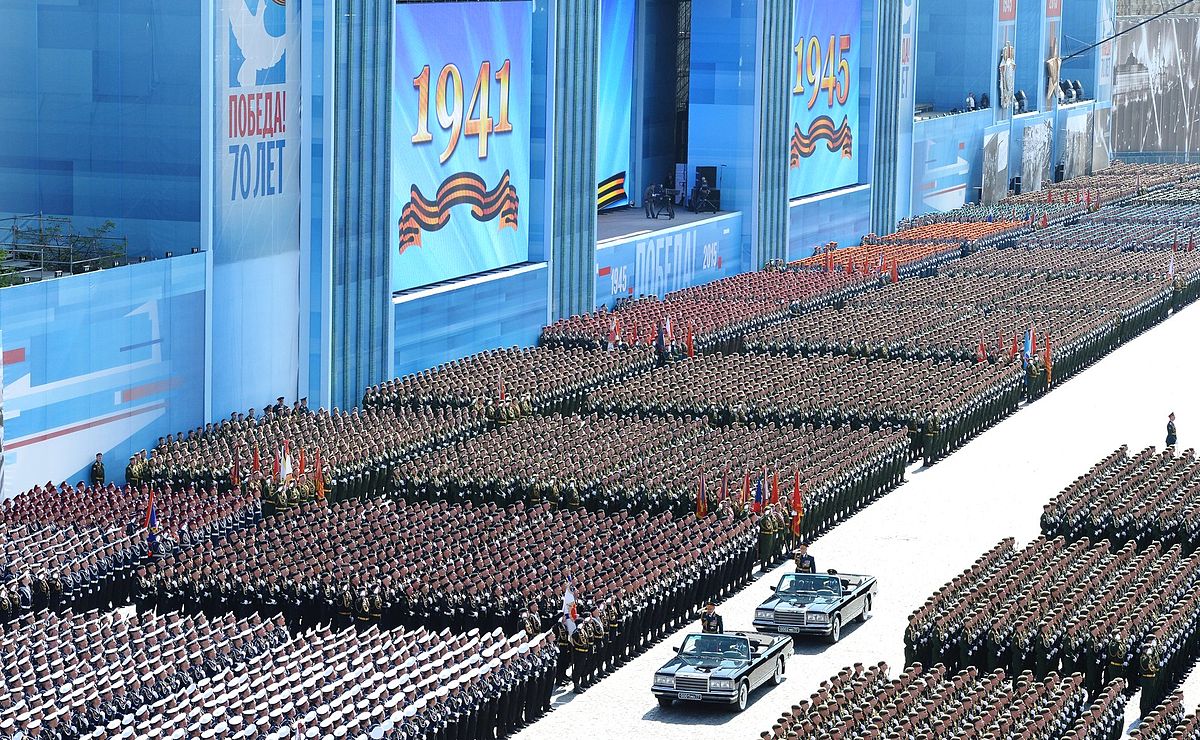
The Russian Soldiers’ Question Revisited

In
The Russian authorities apply an “algorithm of lies”, the Russian armed forces have become a sealed organization, and tactical information about Russia’s war in Ukraine is fragmented and unreliable. Hence, definite conclusions concerning the Russian soldier cannot be drawn. Instead, the following observations and trends may be presented:
- Russia’s surprise is not the invasion of Ukraine per se. The real surprise is Russia’s underperformance in battle.
- The Russian army keeps struggling with the structural problems of the past. As a result, it has exposed its traditional combat behaviour with a high tolerance for losses and the tacit permission to apply brute force.
- Given enough time and means, the brute force of the expendable unprofessional soldier may also achieve victory in battle.
- The study of Russia and its military is, therefore, the study of a stagnant, suboptimal system that, against all odds, endures. This demands a specific analytical methodology.
- The Russian armed forces are a force-in-being going through a transition from a mass army to an all-volunteer force. Currently, about a quarter of the military is conscripted, and approximately 45 percent is contracted. Indeed, about 70 percent are enlisted soldiers. With an officer corps representing about 23 percent of the force, this leaves almost no billets for non-commissioned officers in the Russian military. This organizational structure has a high impact on combat readiness and battle performance.
- Russian society has high esteem and trust in the Russian armed forces. It also supports conscription. Nevertheless, only twenty percent of the youngsters answer the call of duty. Russia is a phony country.
- The current spring recruitment cycle (1 April -15 July 2022) may be considered a more accurate indication of popular support for Putin’s war in Ukraine than public opinion research. Russian conscription may be regarded as a referendum and the voenkomati as the voting stations.
- Officially, deviant behaviour exposed in phenomena such as dedovshchina and gruppovshchina is under control. There are objective arguments for believing that the conditions in the barracks have been improved. However, based on sociological and demographic data, it may be deduced that the Russian armed forces are still recruiting the majority of their conscripts (and contract soldiers) among the least socially privileged layers of society and Russia’s non-Orthodox population. If true, traditional deviant behaviour and malpractices may continue until today. Lacking objective, organization-wide, and independent data, one cannot deny or confirm the clichés of the past. What is left are conjectures.
- The Russian army in Ukraine is showing varying levels of combat readiness. Some units are fully professionalized, while others still have more than fifty percent of conscripted soldiers. Some units are full ops, while others miss more than 30 percent of personnel.
- The Russian ground forces count about 30 percent of conscripts in their ranks. However, we have no reliable information about how many conscripts have participated in front-line operations in Ukraine, if at all. Consequently, we have no idea about the impact of conscripts on the battle performance of the Russian army.
- In Ukraine, we observe abandoned soldiers who lack the necessary leadership and command structures to act professionally. Under these conditions, the Russian soldier represents a danger, if not a risk. He is not only a victim of the system but also a potential perpetrator, if not a potential war criminal.
- One of the most urgent problems of the Russian army is one of training and leadership on a tactical level. Thus, the Russian soldiers’ problem is larger than the choice between prizivniki and kontraktniki, as both may perform well if trained and led well. In this sense, the discussion on the all-volunteer force is misplaced; it is a faint, misunderstood imitation of a Western model.
- Under the current conditions, the real meaning of conscript soldiers – a contingent of about 220,000 – is that it represents a guaranteed source of recruitment for contract soldiers and, if general mobilization has been announced, a group of soldiers that can be ‘lawfully’ added to the manpower in Ukraine necessary to achieve victory.
- Therefore, we expect pressure from the military to escalate the conflict rather than to de-escalate. Moreover, we observe increased political pressure to expand the contingent of conscripts (up to 300,000). Hence, the war in Ukraine stimulates de-professionalization rather than the professionalization of the Russian armed forces.
- What is left is misery, endless misery as only the dead have seen the war’s end.
(Photo credit: Wikimedia Commons)